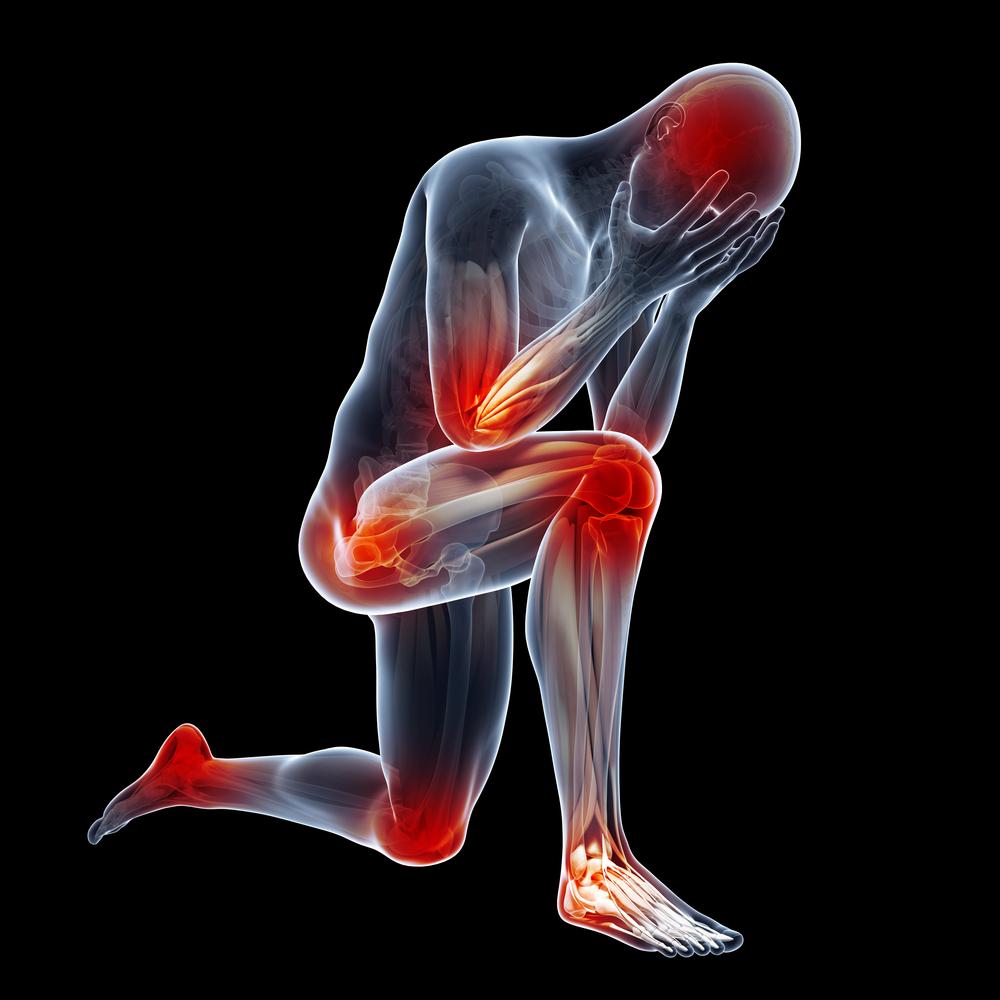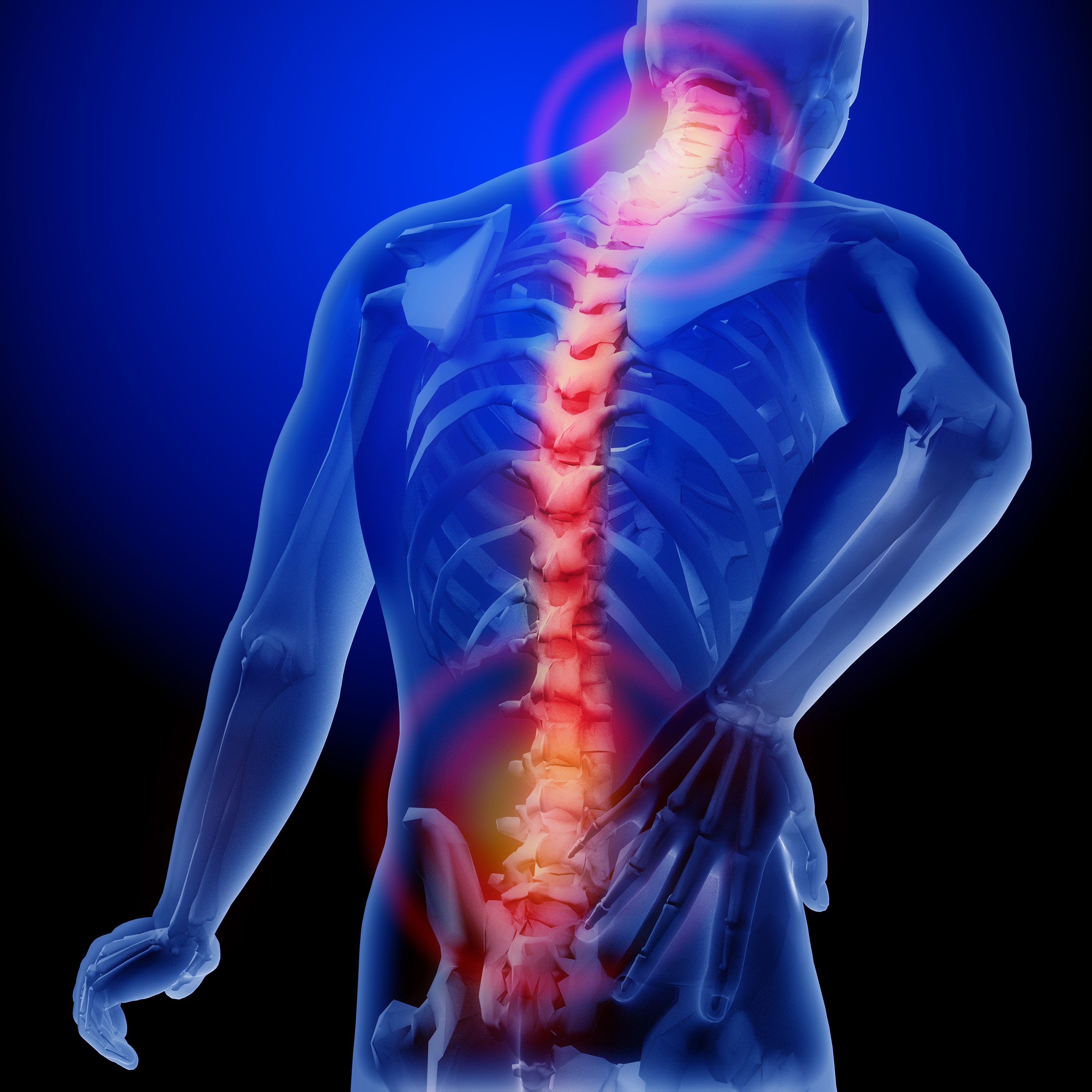Many of us have heard talk of something called a "Pain Olympic," a phrase that, too it's almost, brings up ideas of extreme endurance or facing intense discomfort. This idea, you know, makes us wonder about the very nature of pain itself, a sensation that, in a way, is a part of everyone's experience. It's a feeling that can be anything from just a little annoying to something that stops you in your tracks, really.
Our physical systems, actually, are set up to let us know when something isn't quite right. That, is that, whole process of feeling discomfort comes from our body's communication network getting active. It's a rather deep connection between what we sense and how our feelings respond, basically.
So, when people mention something like a "Pain Olympic," they are perhaps thinking about pushing the limits of what the body can withstand. To truly grasp what that might mean, we first need to get a better handle on what pain truly is, and how our bodies, you know, deal with it.
- Is Caitlin Clark Leaving The Wnba For Europe
- Steve Bellick
- Hotel Near Dougherty Valley Aquatic Center
- 20 Jan Horoscope
- Charles Patoshik
- What exactly is pain, in the context of "what is pain olympic"?
- How Does Our Body Signal Discomfort, and "what is pain olympic" about that?
- Understanding the Body's Alerts
- What are the different ways pain can show up, and "what is pain olympic" in those situations?
- When is pain a serious concern, and "what is pain olympic" in those cases?
- How do people handle ongoing discomfort, and "what is pain olympic" for them?
- Long-Term Discomfort and Its Effects
- Finding Ways to Live Better with Pain
What exactly is pain, in the context of "what is pain olympic"?
When we talk about pain, we are really talking about a very broad idea. It is, you know, a general way to describe feelings in our bodies that just don't feel good. These feelings can range from something that is just a little bit bothersome, like a tiny prick, to something that is completely overwhelming and makes it impossible to do anything at all. It's that wide range of sensations, basically, that makes it such a personal experience for each person. For someone thinking about "what is pain olympic," understanding this vast range of feelings is, in a way, the very first step. It is not just one kind of feeling, but a whole spectrum of discomfort, each with its own character and impact on a person's ability to function. So, really, the idea of pain itself is quite a big topic, encompassing all these different levels of unpleasantness that we might encounter in our daily existence, or perhaps, you know, in a situation where discomfort is specifically sought or observed.
This feeling, so, comes about when our body's communication network gets active, and it is, you know, highly personal in how it shows up for each person. What one person finds mildly irritating, another might find completely unbearable. This is because the way our nervous system works, basically, is not a simple on-off switch. It involves a whole lot of connections and signals that are shaped by our past experiences, our current mood, and even our expectations. So, for the question of "what is pain olympic," this means that the experience of discomfort is never just physical; it's deeply tied to how our individual systems are wired and how they react to input. The activation of these nerve pathways sends messages to our brain, telling us that something might be wrong, and how those messages are interpreted can vary quite a bit from one person to another, making each experience quite distinct.
The feeling of discomfort is, typically, a distressing sensation, often brought on by things that are very intense or that cause some sort of harm to our bodies. Imagine, for example, touching something very hot; that quick, sharp feeling is your body telling you, quite directly, that there is a problem. The purpose of this distressing feeling is, more or less, to grab your attention immediately and make you do something to protect yourself. It's a signal, basically, that something is damaging or could cause damage. For anyone considering "what is pain olympic," this fundamental aspect of discomfort, its distressing nature and its role as a warning, would be, you know, central to any such concept. It’s about how these intense or harmful inputs translate into an experience that is not just felt physically but also carries an emotional weight, urging a response to avoid further trouble. The very essence of this feeling is to cause distress, so that we pay attention and act to keep ourselves safe.
How Does Our Body Signal Discomfort, and "what is pain olympic" about that?
The folks who study pain on a wider scale, basically, describe it as an unpleasant feeling that involves both our senses and our deeper emotions, in a way. It's not just a physical sensation, like feeling hot or cold, but it also carries an emotional weight. Think about stubbing your toe; there's the immediate physical hurt, but there's also the frustration or even anger that comes with it. This definition, you know, highlights that discomfort is a complete experience, touching both our physical being and our inner feelings. When we consider "what is pain olympic," this combined sensory and emotional aspect is, quite frankly, a key part of the puzzle. It means that any exploration of extreme discomfort isn't just about the raw physical input, but also about how the mind processes and reacts to that input, adding layers of feeling to the basic physical signal. The emotional component of discomfort can, you know, sometimes be as challenging to manage as the physical one, shaping how a person experiences and copes with any unpleasant sensation.
There is, actually, a whole field of study dedicated to this topic, with people publishing discoveries about how discomfort works, what causes it, and ways to help people deal with it. This work, you know, helps us get a better handle on the true nature of discomfort, how our bodies create these feelings, and the different ways we can approach helping those who experience it. For a discussion around "what is pain olympic," understanding the scientific side of things is, in some respects, pretty important. It moves beyond just the personal experience to look at the larger patterns and mechanisms involved. The continuous investigation into discomfort, its underlying processes, and how to lessen its impact is, you know, a vital part of medical knowledge. These discoveries help us build a more complete picture of what discomfort is and how it influences living things, allowing for more thoughtful ways to approach its presence.
This field of study, you know, offers a place for sharing discoveries across many different areas of basic and practical medical science, suggesting a broad approach. It means that doctors, scientists, and other helpers from various backgrounds can come together to share what they've learned about discomfort. This kind of teamwork, basically, is very important because discomfort is a very complex thing that needs many different viewpoints to truly grasp. So, for "what is pain olympic," it means that even if such a thing were purely about physical endurance, the deeper understanding of discomfort would still require insights from different scientific and medical areas. It's not just one type of knowledge that helps; it’s a collection of many, all contributing to a more complete picture of how discomfort affects the body and mind, and how we might, you know, begin to understand its many faces.
Understanding the Body's Alerts
Discomfort can, in a way, be a clear sign that something serious is happening within the body. It acts as a kind of warning system, letting us know when something is wrong or when a part of us might be in danger. For instance, a sudden, sharp discomfort in your side might be your body's way of saying, you know, "Pay attention! Something needs looking at." It's a fundamental protective mechanism, basically, designed to alert us to potential harm or underlying health issues that require attention. Without this warning system, we might not realize we are hurt or unwell until a problem has gotten much bigger. This protective role of discomfort is, you know, very important for our well-being. So, when thinking about "what is pain olympic," it's worth considering that even in a context where discomfort is explored, its natural purpose is still to signal a need for caution or care, rather than just being a sensation in itself. It is, really, a message from our body, urging us to take action for our own good.
If you find yourself dealing with intense discomfort, especially with things like chest discomfort, trouble getting air, signs of bleeding, or a change in how you are thinking, it's really important to seek appropriate help. These particular feelings are, you know, signals that something might be very serious and needs immediate attention from someone who can provide medical care. They are not just minor aches that will go away on their own. For anyone thinking about "what is pain olympic," it's crucial to understand that there's a clear line between general discomfort and symptoms that demand professional help. Ignoring these strong signals can, basically, lead to much bigger problems. Your body is, in some respects, giving you very strong hints that something is critically wrong, and listening to those hints by getting help quickly can make a very big difference in how things turn out. It is, quite simply, about knowing when to act fast to protect your health.
What are the different ways pain can show up, and "what is pain olympic" in those situations?
Managing discomfort through a well-thought-out plan means that people who provide health care can help you deal with all sorts of discomfort, no matter what caused it. This approach, you know, is about creating a personalized way to lessen the impact of discomfort on your daily life. It acknowledges that discomfort is not a one-size-fits-all issue, and what works for one person might not work for another. So, for "what is pain olympic," if such a concept were to exist, it would likely involve a deep understanding of how to manage discomfort, even when it is present. The goal is to give people tools and methods to cope, making life more manageable even when discomfort is a constant companion. It is, basically, a partnership between the person feeling discomfort and their helpers, working together to find the most effective ways to make things better, aiming for a degree of comfort and function.
Ways to handle discomfort often include things like taking medications, undergoing various medical procedures, and so on. Medications can, you know, help by changing how your body feels the discomfort, or by reducing the cause of it, like inflammation. Medical procedures might involve injections or other treatments that aim to directly address the source of the discomfort or block the signals it sends. These are, in a way, just some of the tools available to health care helpers. For someone interested in "what is pain olympic," these methods would represent the ways in which discomfort might be controlled or influenced, even in extreme circumstances. It is, basically, about having a collection of different strategies that can be used, depending on the specific kind of discomfort a person is experiencing and what is causing it. The choice of method, you know, is usually very carefully considered to fit the individual's particular situation and needs.
Discomfort is, really, a very involved experience, made up of both a physical response and a mental, emotional reaction to something harmful. It is not just about the body; it is also about the mind. When you feel discomfort, your body reacts physically, but your thoughts and feelings about that discomfort also play a very big part in how you experience it. This connection between the body and the mind is, you know, quite profound. So, in thinking about "what is pain olympic," it's clear that any such concept would need to consider this two-sided nature of discomfort. It is, basically, about how our physical systems respond to a hurtful input, and how our inner world then processes and reacts to that physical sensation, creating a complete and often challenging experience for the individual. The way we think about and feel about discomfort can, in some respects, make it feel more or less intense, highlighting the mind's powerful role.
When is pain a serious concern, and "what is pain olympic" in those cases?
Related Resources:



Detail Author:
- Name : Prof. Keira Borer PhD
- Username : iwilliamson
- Email : satterfield.greyson@gmail.com
- Birthdate : 1998-07-16
- Address : 780 Lemke Rapid Suite 016 West Camylletown, AK 52875
- Phone : 513.223.2310
- Company : Crooks, Sauer and Marvin
- Job : Music Director
- Bio : Architecto delectus voluptatem voluptatem ducimus. Totam voluptas culpa repudiandae architecto dolore.
Socials
facebook:
- url : https://facebook.com/kerluke1972
- username : kerluke1972
- bio : Dolores aliquam deserunt velit voluptatem similique. Dolor qui omnis est earum.
- followers : 5235
- following : 1721
instagram:
- url : https://instagram.com/akerluke
- username : akerluke
- bio : Eum accusantium voluptas molestiae. Est sunt aut rerum eligendi ea adipisci ratione.
- followers : 2782
- following : 622